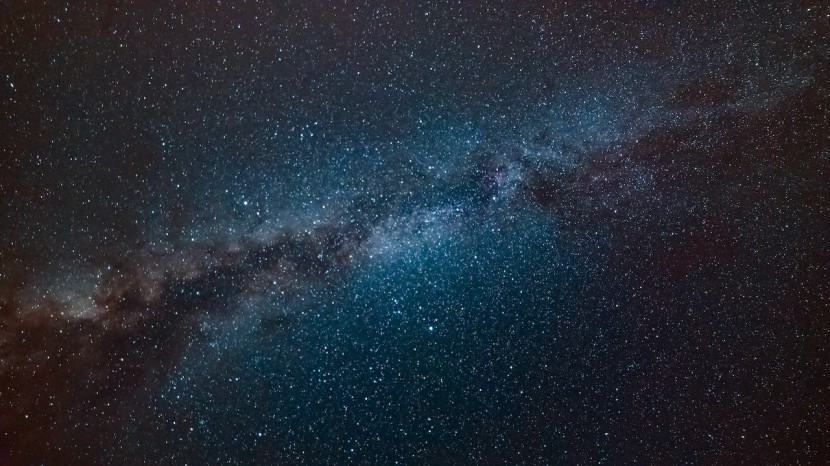
Astronomers have found a rare binary star system set to create a kilonova explosion in the future after the two neutron stars collide to form heavy elements, such as gold and platinum.
The discovery was made by researchers at the National Science Foundation's NOIRLab, who called the binary star system CPD-29 2176. The two neutron stars are roughly 11,400 light-years away from our planet and were spotted using NASA's Neil Gehrels Swift Observatory.
Rare Binary Star System
The team later conducted more observations at NOIRLab's Cerro Tololo Inter-American Observatory in Chile. CPD-29 2176 is home to one neutron star and another massive star that is still in the process of going supernova and will become a neutron star in the future.
The two neutron stars will eventually collide with one another and create what is known as a kilonova, an explosion believed to produce bursts of gamma rays and large quantities of gold and platinum. The team of astronomers published the paper documenting the findings in the journal Nature, as per Gizmodo.
In a NOIRLab press release, André-Nicolas Chené said that astronomers know that the Milky Way is home to at least 100 billion stars and is likely to hold hundreds of billions more. He noted that the binary system is thought to be a one-in-ten-billion system.
Chené is an astronomer at NOIRLab and the study author that found the binary star system. He added that before the finding, they estimated that only one or two such systems exist in a spiral galaxy like our Milky Way.
Usually, many stars implode into a powerful supernova when they die, but in comparison, the dying star in CPD-29 2176 is turning into an ultra-stripped supernova. This one lacks the vast force that other explosions have because the dying star has had much of its mass stripped by its companion.
Destined for a Kilonova Explosion
Astronomers first detected a kilonova explosion in 2017, but at the time, they were only able to record the aftermath of the incident. According to Space, the observation was only thanks to light and gravitational waves.
In a statement, Chené said that for a long time, astronomers have only speculated about the exact conditions that would result in a kilonova. He added that now, the new results demonstrate that in at least some instances, two sibling neutron stars can merge when one was created without a classical supernova explosion.
The star that has yet to turn into a neutron star orbits its sibling roughly every 60 Earth days. The team behind the latest discovery is studying the star better to understand the formation of the currency binary star system.
While the discovery is seen as game-changing, it will not be until at least a million years before the massive star reaches the end of its life and becomes a neutron star. Afterward, it would need to gradually draw together with its sibling in a cosmic ballet as they slowly lose their orbital energy as gravitational radiation, said Science Daily.
Related Article : Scientists Discover Massive 17-Pound Meteorite in Antarctica
© 2025 HNGN, All rights reserved. Do not reproduce without permission.








